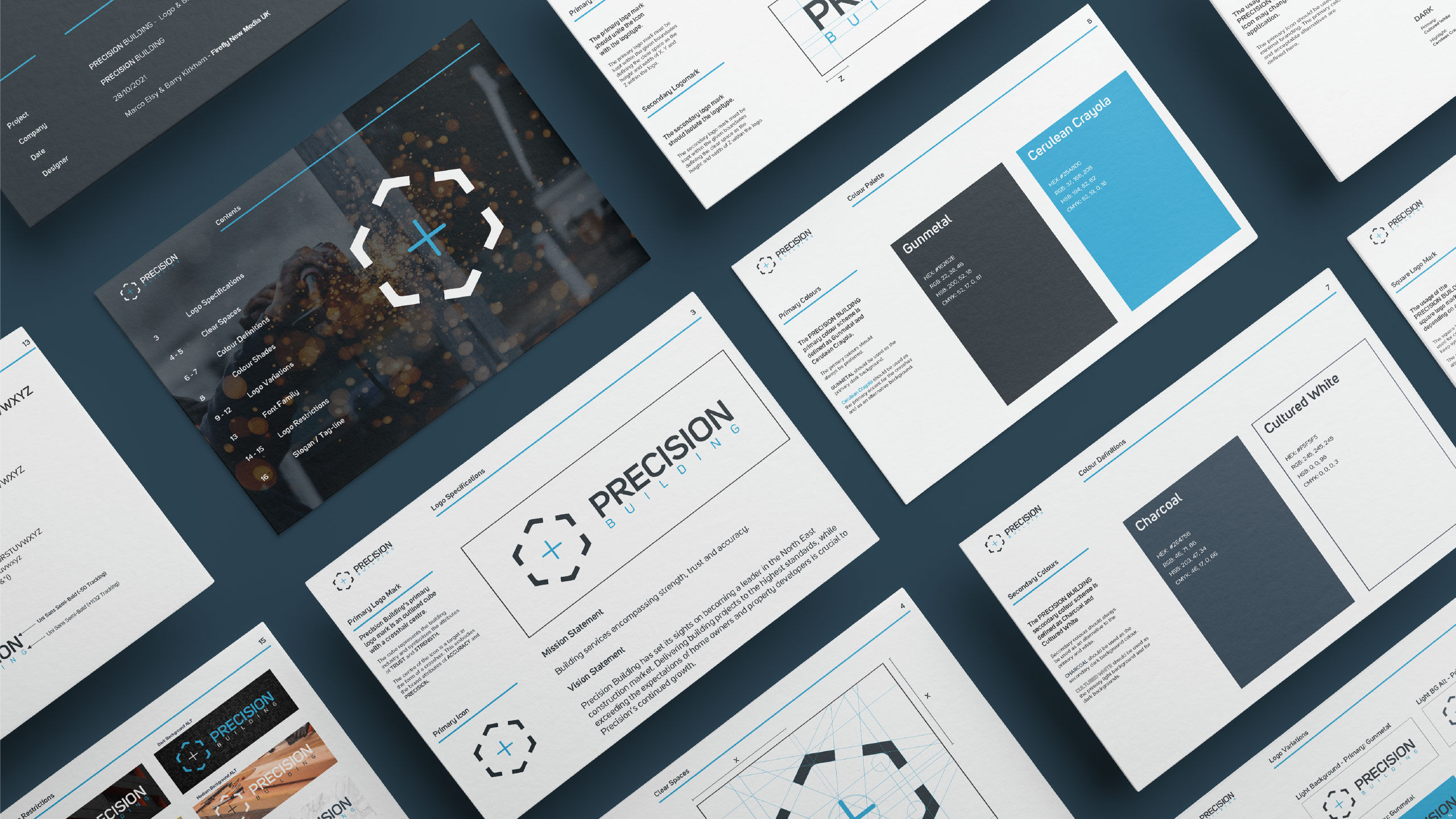5 Must Have Logo Files All Businesses and Organisations Should Have
In order to ensure your logo looks professional and polished every time it’s used, it’s important to have the correct file formats on hand. A good designer will provide you with a variety of different files, each intended for a different use. In this article, we will explain the two main categories of files: vector and raster, and the five essential file formats that every business should have. We will also explain the industry standards for color mode and file extensions, and why they are important for different uses such as print or web. By the end of this article, you’ll have a better understanding of how to properly use and utilise your logo files.
Now that you have a professionally designed logo, what’s the next step? Where can you find the actual logo file and in which format is it? Here at Firefly New Media, we always provide our clients with these five essential file formats, and we’ll tell you why.
Your logo will be used in many different situations, whether it’s large or small, black or white, print or online. Whatever the platform, a professional designer will always make sure that your logo looks good every time it’s used.
As a standard, a good designer will give you a number of different files, each intended for a different use. It’s important to know what files they’re giving you and why.
Guide to Understanding File Formats for Your Logo
The file formats can be broken down into two main categories files: Vector and Raster
Vector Files
Vector files are the industry standard for professional printing and additional design work, such as brochures, flyers, business cards, and website design. They can be scaled to any size without losing any quality because they are made from mathematically precise points, not single pixels.
Vector files are usually provided in CMYK (Cyan, Magenta, Yellow, and Black) colour mode, which are the four standard colours used to create full-colour printing. Common vector file types include .ai (Adobe Illustrator), .eps (Encapsulated PostScript), and .pdf (Portable Document Format).


Precision Brand Guidelines created by Firefly.
Vector files are the industry standard when you require to get anything professionally printed, or if you need additional design work carried out, for example; brochures, flyers, business cards, website design etc.
Vector files are usually intended for use in print, thus they are usually provided in CMYK colour mode.
CMYK stands for Cyan, Magenta, Yellow and Black, which are the 4 standard colours used to create full-colour printing.
If you only receive one file type, make sure it’s a vector file, that’s because it can be converted to any other file type with the correct software.
Vector file types have the following file extension of .ai .eps or .pdf.


Ai: Adobe Illustrator The AI file should be used as the original, editable, working file. This is an Adobe file format used to create and store as a source and editable file type to render other file types from. Think of this as your logo file template.


EPS: Encapsulated PostScript EPS file types are now getting a little obsolete. Before Adobe introduced InDesign the industry standard QuarkXPress. EPS files may be requested by print companies who use older printing technology, so you should still have this file format.


PDF: Portable Document Format PDF format is the industry gold standard, universally viewed on any computer with Adobe Acrobat (or another PDF viewer). It’s also possible to preserve editing capabilities, meaning it can be opened and modified later in the same way as an AI file can.
Raster Files
Raster files are made from tiny squares called pixels, which means that when the size of your logo is increased, it will appear to be blurred. This is why any professional logo design will be created in vector format. Be aware that if your designer provides you with Photoshop files (.PSD), you will be very limited in what you can do with the file.
Raster files are intended for use on the web, such as your website or social media, and are provided in an RGB (Red, Green, and Blue) colour mode. Common raster file types include .jpg (Joint Photographic Experts Group), and .png (Portable Network Graphics).
Raster file types usually have the following file extensions:


JPG/JPEG: Joint Photographic Experts Group Jpeg’s are most commonly seen online. This is because jpeg offer great compression without degrading the image, meaning the image is usually small in file size, so will load quickly on slower connections.


PNG: Portable Network Graphics PNG images are lossless, meaning they do not lose any quality during editing. And, more importantly however they allow for transparency.
Here’s an overview of the files Firefly New Media send to clients when they receive their logo and branding package.
Vector (ai, PDF and EPS)
- A CMYK version
- A black, single colour version
- A White, single colour version
Raster Files (in RGB)
- JPG
- PNG
We also provide a supporting usage document to guide you on how to use your logo in different situations. With these file formats, you can be sure that your logo will look great every time it’s used.
Don’t settle for a logo that doesn’t look professional in every situation. Ensure you have the correct file formats on hand for your business.
Trust us to provide you with the five essential file formats, including vector and raster, and to explain the industry standards for color mode and file extensions, so your logo will look great every time it’s used. Give your brand the professional touch it deserves, contact Firefly today.
